How the Editors of ‘The Fabelmans’ Helped Spielberg Convey the Emotional Truth of His Personal Story
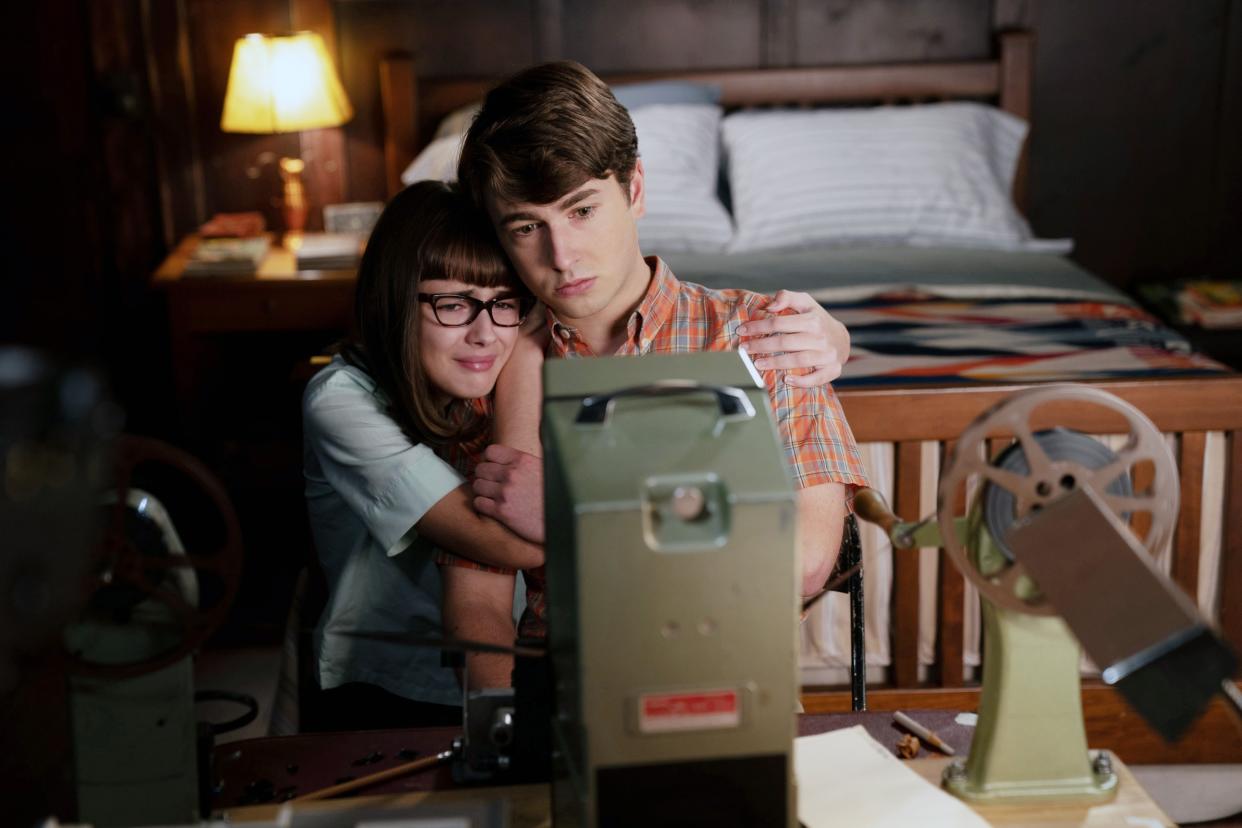
- Oops!Something went wrong.Please try again later.
- Oops!Something went wrong.Please try again later.
When it came to editing Steven Spielberg’s semi-autobiographical “The Fabelmans” (available to stream on PVOD), it didn’t matter to editors Michael Kahn and Sarah Broshar which story belonged to Spielberg and which to Sammy Fabelman, his onscreen alter ego. They merged into a single legendary tale, echoing John Ford’s “The Man Who Shot Liberty Valance,” which figures prominently in the film. What mattered most was capturing the authentic spirit of the director’s origin story, a dramatization of his uprooted childhood and parents’ divorce, his journey West to the Promised Land of Hollywood, and embrace of movies and filmmaking for escape and empowerment.
“It’s gotta be a real story about Steven and why he picks the movies he does, but this is quite clear why he picked this one,” Kahn told IndieWire. He’s cut every Spielberg movie since 1977’s “Close Encounters of the Third Kind,” cultivating a strong, intuitive way of collaborating together that relies more on feeling than knowledge. “He is the brother I never had,” Spielberg once said. “We finish each other’s sentences and we finish each other’s sequences. I cannot imagine directing a picture without him nudging me to get more coverage.”
More from IndieWire
2023 Oscars: How 'Avatar: The Way of Water' Could Make a Big Splash in the Craft Races
'Everything Everywhere All at Once' Leads Critics Choice Awards with 14 Nominations
But “The Fabelmans” was different — this was more personal for Spielberg, who often found it difficult to to be on set or in the cutting room for some of the more traumatic scenes (such as the death of Sammy’s maternal grandmother, portrayed by Robin Bartlett). “While we were showing him scenes, he reacted, as you might think, emotionally,” added Kahn. “Some scenes he wanted to beef up and make better — the breakup, the divorce. It was a big responsibility for him to put his life on the screen. He went back to what he was thinking at the time, and then he started feeling it.”
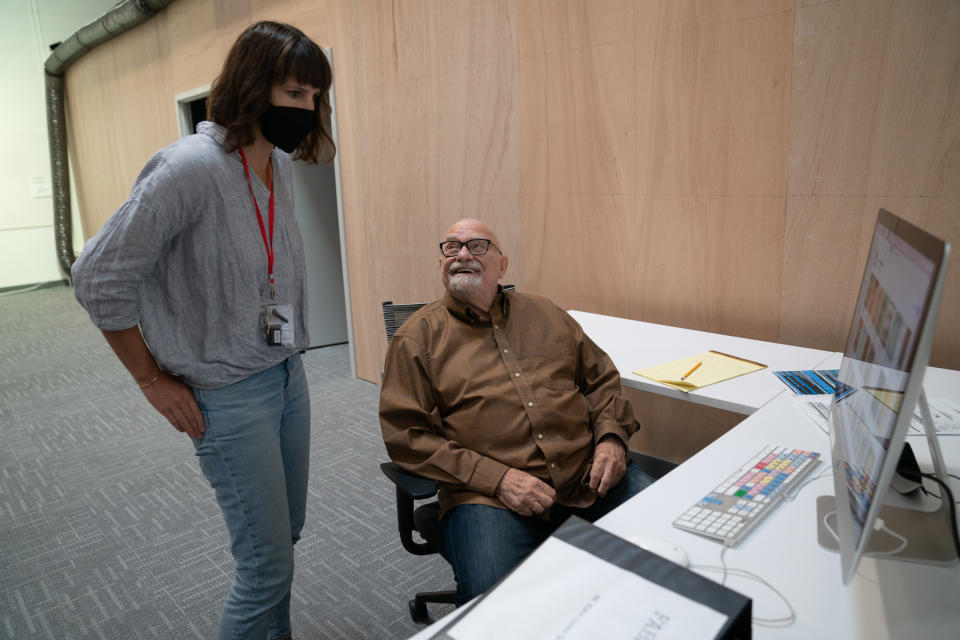
Merie Weismiller Wallace/Universal
For Broshar, who worked her way up from assistant editor on “The Adventures of Tintin” (2011) to co-editor on “The Post” (2017), it was special to work on such a personal film and to hear Spielberg’s stories. “He would tell us the origins or the story behind the story,” she told IndieWire. “We just wanted to make sure to help him craft a film that was true to his experience, and how he wanted to portray his family. So I think it was really important to get it right for him. There’s a lot of interesting drama and we wanted the characters to come off in a way that was accurate to Steven at that time of his life.”
“The Fabelmans” (co-scripted by Spielberg and Tony Kushner) memorializes the director’s late parents, computer engineer Arnold Spielberg and concert pianist Leah Adler, in the form of Burt and Mitzi Fabelman (Paul Dano and Michelle Williams). Spielberg’s childhood became a tug of war between art and science, and he bonded more closely with his free spirited mom, who first encourages his passion for filmmaking in the movie.
But when Broshar started editing, she focused on Sammy (played by as a youngster by Mateo Zoryon Francis-DeFord and as a teenager by Gabriel LaBelle). “I felt like I was in the story with these characters, as every other film that we do,” she added. “You’re seeing the characters, you’re looking at the arc, the rhythm, and the pace.”
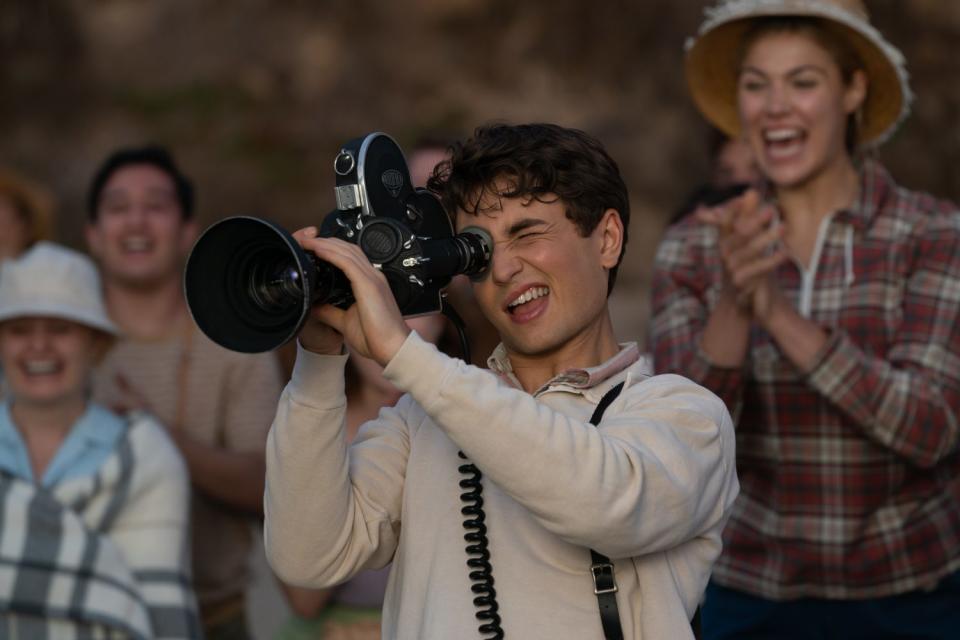
Merie Weismiller Wallace/Universal
For both editors, the cutting of Sammy’s movies — re-creations of Spielberg’s amateur 8mm and 16mm films, which the director shot himself — took on special meaning. “I think it was a process that, throughout the entire cut, we were finding when you show the material being filmed, and when you show what’s on the screen while he’s editing, and then what the audience is seeing in the final film,” Broshar continued.
When Sammy is editing his Western, “Gunsmog,” he makes gunshots look more authentic by sticking pinholes in the film. Although Spielberg had a shot of Sammy making this discovery, the director and the editors decided not to show it. Instead, they had Sammy impressing his dad with an explanation of he accomplished the tech trick.
The highlight for the editors was the scene when Sammy cuts and splices his family camping trip footage, resulting in the painful discovery of his mother’s secret affection for Burt’s best friend and co-worker, Bennie (Seth Rogen). As the camera brilliantly circle pans around Sammy, he’s devastated to see Mitzi and Bennie holding hands. The scene is further punctuated by Mitzi playing Bach’s Concerto in D Minor, which was the favorite of Adler’s.
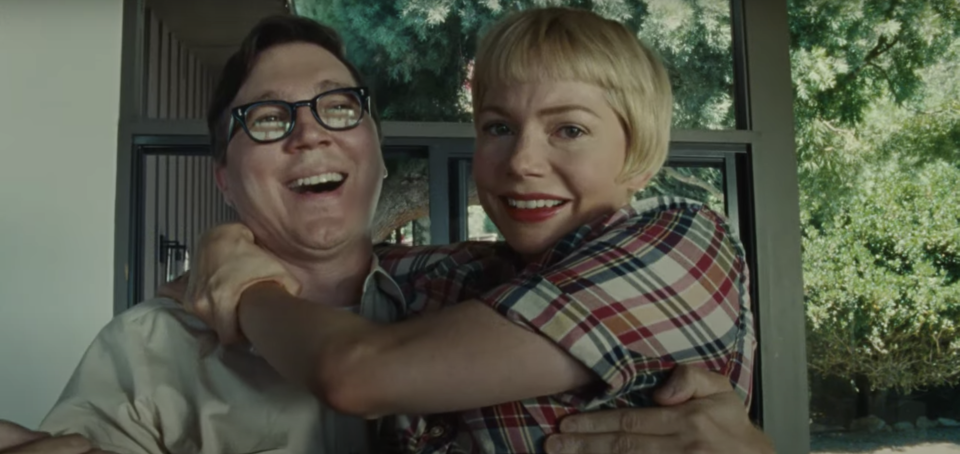
Universal
“The first time we put together the discovery scene, we didn’t have all the footage yet,” Broshar said. “I think we had the first half of it, and the second half came in the next day. It was an emotional scene for Steven. He ran the dailies, he picked out his selects, and then he was like, ‘Alright, you guys figure it out.’ It was pretty exciting the first time we watched something that had a real power to it already the way it was conceived and the way he shot it.
“And there’s something about that music that’s so powerful,” she continued. “And Steven picked out such great moments with the yawn that every editor does during dailies, and all of a sudden something catches your eye. Being an editor, of course, it was a fascinating scene to put together, between Gabriel’s performance and the way that Steven directed him.”
Between the shooting of his World War II film, “Escape to Eternity,” and his senior-ditch-day beach-blanket movie, Sammy learns about the power of mythmaking and how to manipulate emotions. “And it’s his form of escape,” said Broshar. “He can take a step back and put the camera between himself and the reality of the situation. I feel like ditch day is a similar thing. He can feel more at home with his high school peers when he’s holding a camera up.”
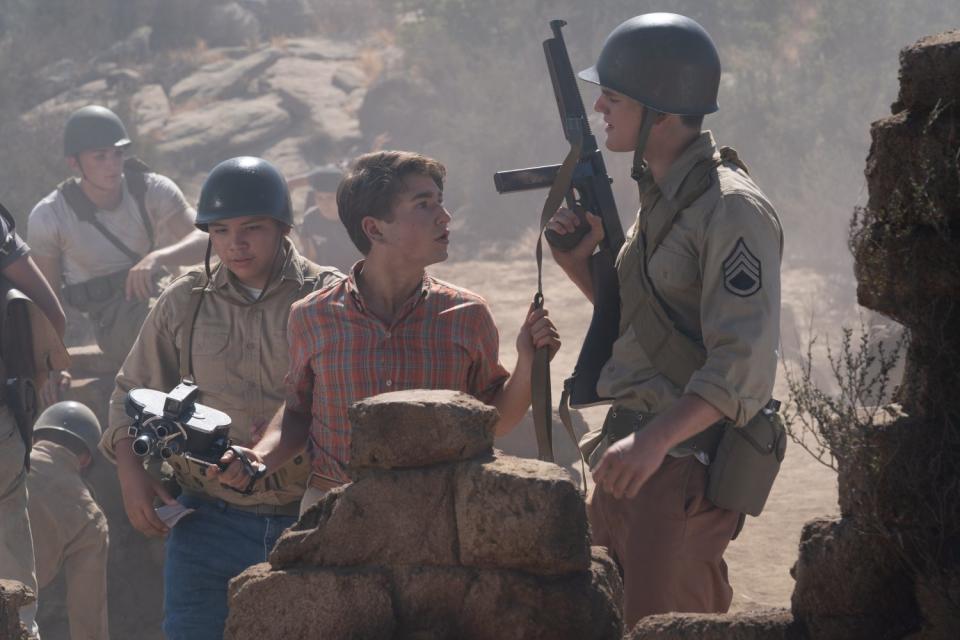
Merie Weismiller Wallace/Universal
To Sammy’s surprise, though, he can weaponize his directing to strike back at a bully (Sam Rechner) in an unexpected way by glorifying him. “I like that scene in the hallway where the bully confronts him,” Kahn said. “We held on Sammy for a long time, mostly all of it. He says ‘I’ve got a monkey smarter than you.'”
There was even a pleasant surprise for Kahn with the inclusion of Sammy applying for a job on “Hogan’s Heroes,” the popular ’60s sitcom set in a Nazi German POW camp, which was the editor’s breakout success. “I didn’t even know he was going to shoot the ‘Hogan’s Heroes’ scene,” Kahn said. “I was so surprised when I saw it. I think it was very nice. When we had our first meeting [for ‘Close Encounters’], he knew I had done ‘Hogan’s Heroes,’ but I didn’t know that he applied for a job on it.”
Best of IndieWire
Sign up for Indiewire's Newsletter. For the latest news, follow us on Facebook, Twitter, and Instagram.


